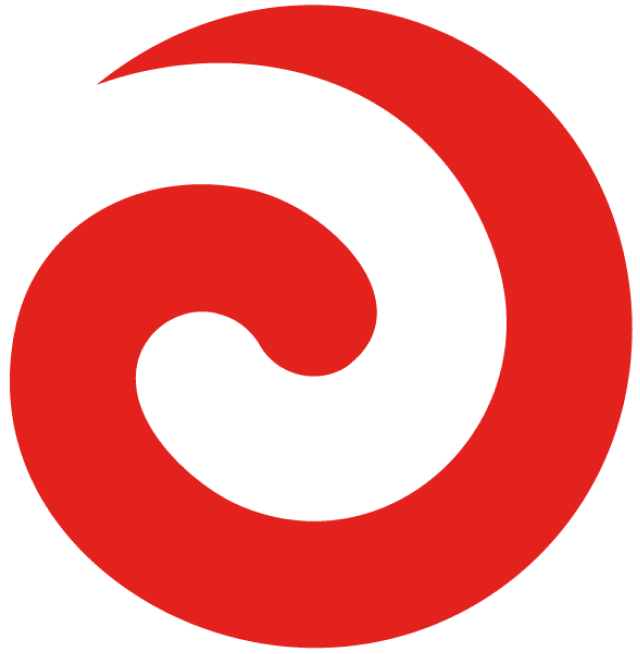For nearly a decade, iwi of Tīkapa Moana have led efforts to restore, revive, and revitalise the Hauraki Gulf. With the passing of the Hauraki Gulf / Tīkapa Moana Marine Protection Bill - now an Act - Ngāi Tai ki Tāmaki and Ngāti Manuhiri say they are pleased to see their mahi recognised, despite the controversy surrounding several last-minute amendments.
For the many iwi whose rohe surround the 1.2 million hectares of ocean, the work on the ground has been immense.
In 2013, a co-governed, community-led initiative called Sea Change - Tai Timu, Tai Pari was launched to develop a 30-year plan for restoring the health of the Hauraki Gulf.
It was the first marine spatial plan in Aotearoa, designed to balance environmental, cultural, and economic priorities.
Ngāti Manuhiri Settlement Trust chief executive Nicola Rata-MacDonald says their mussel restoration projects alone have seen the return of tens of millions of kūtai to the moana.
“We’ve put in over 150 tonnes of kūtai back into the ocean, to restore those ancient seabeds. Now, for our whānau at home, what does 150 tonnes mean? Well, that’s about 33 million kūtai,” she says.
However, challenges for the survival of the Gulf remain active, such as kina barrens, caulerpa and more.
Ngāi Tai ki Tāmaki Trust Chair, Billy Brown, says the impact of human greed is one factor in the Gulf’s destruction.
“For too long this whole, beautiful area out here has had things done to it that no one has really taken the time to not only record, monitor, but find solutions to really what has been humans taking and not giving back a lot,” he says.
Hauraki Gulf/Tīkapa Moana protection bill
The Hauraki Gulf/Tīkapa Moana protection bill was introduced to parliament in 2023, with a strong focus on overfishing, habitat loss, sedimentation and pollution.
From the Sea Changes – Tai Timu, Tai Pari project, support for creating High Protection Areas (HPAs) and Seafloor Protection Areas (SPAs) began to take effect.
Furthermore, the new act has introduced 12 new HPAs to the Hauraki Gulf, extends two existing marine reserves where removing any marine life is strictly prohibited and five newly established SPAs.
However, before the bill was passed, iwi say, ‘last-minute additions’ were made upon the bill’s passing.
Brown says allowing exclusivity to commercial ring-net fishing operations to two of the HPAs goes against what the iwi are trying to achieve.
“It maybe hasn’t quite gone the distance in terms of saying these areas are sacrosanct, we’ve just got to leave them alone. It hasn’t gone quite that far. The two areas that have been carved out for a little bit of commercial fishing, I think, there has been a little bit of an outrage about that; it seems to be in direct conflict with what we’re trying to achieve.”
However, he remains optimistic about the future.
“However, there will be a ministerial review in three years; it’s not perfect. Let’s hope that those entities doing the fishing still have in mind the sustainability of what they’re doing, because it’s one thing to have a permit, it’s another thing to use it, it’s another thing to abuse it.” Brown says.
Furthermore, as Rata-MacDonald says, excluding Māori voice from any consultation is taking away the ‘first responders’ to future issues.
“One of the other real concerning elements though of the bill was the removing of whānau and hapū as being consulted around our moana space itself.
“Whānau are always the first to the call of action,” she says.
He aha kei tua mō ngā iwi?
Ahakoa kua whai mana tēnei pire i raro i te ture, kei te koke tonu ngā iwi o te moananui ā Toi.
Arā hoki ngā wero kei mua i te aroaro, hei tā Brown ko te whakaū i ngā wāhi rāhui, te whakaū hoki i ngā tikanga whakarauora i te papa o te moana me te huhua noa atu o ngā mahi.
Ko te kī a Brown ahakoa tēnei ture hou, ka takahia tonuhia te ara.
“We’ll continue to do what we’ve always done, and that’s to make sure the whenua and the moana is healthy. As you know, if they’re healthy, we’re healthy.”
He kōrero e tautokona ana e Rata-MacDonald me tōna iwi a Ngāti Manuhiri e ū kaha nei ki ngā whika ā ao mō te whakarauora i te moana.
“Right now, international best practice standards is 30 percent marine protection. We’re at around 18 percent through the passing of the Hauraki Gulf, Tīkapa Moana protection bill, which is now the act. Fantastic. But, we are certainly not at 30 percent. Just because we passed the bill doesn’t mean that we sit back and say ‘job’s done.’”



